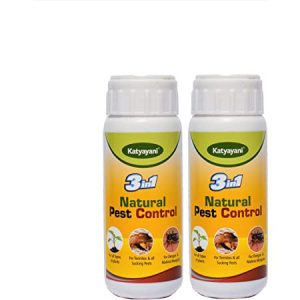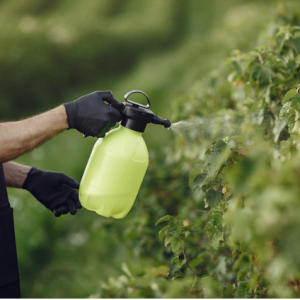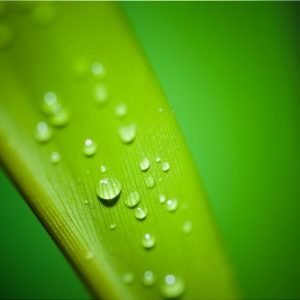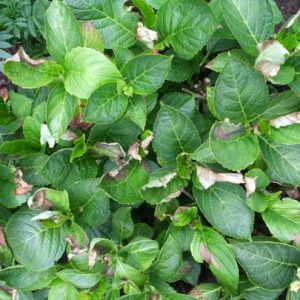Like all living creatures, houseplants can also succumb to various diseases and ailments. They then present a truly sorry sight: leaves wilt and fall off, flower buds shrivel and cease to grow. Houseplants can become the victims of disease or damage caused by infestation of insects, parasites, bacteria, air pollution and poor treatment. The latter in particular is often the reason for many such diseases and ailments. A vigorous, well-tended houseplants is much more able to withstands a knock or two than one which has become weak as a result of wrong treatment. However, the following information will, we hope, enable you to identify and treat a number of the commonly occurring houseplants’ troubles.
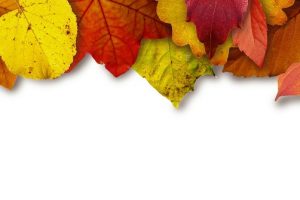
Jaundice
This disease, which is identified by the yellowing of the leaves, can be caused by any one of the following reasons:
– Indigenous plants are placed in too warm a position; move to a cooler location.
– Tropical plants have been given a situation that is too cold; move to warmer spot.
– Tropical plants are placed in too dry an atmosphere; spray the leaves, place on an ‘islands’ in water.
– A plant is kept in to dark a place; move to a lighter location.
– The plant is suffering from a lack of nutrients; give it fresh compost.
– The plant has diseased roots; re-pot it.
– The plant is being overfed; give it less fertilizer.
Wet feet
It always spells trouble when a plant is left standing with more tepid water in its drainage dish than it can cope with. The shallow pool of rapidly cooling water gives it ‘cold feet’. Moreover, this can encourage root-rot with the roots becoming soft, brown and mushy. It is therefore important to remove the unused water and stir up the surface soil so that more air can reach the roots.
Drying out
The leaves turn brown around the edges, and central heating is often the culprit here. The rising hot air is, in fact, detrimental to the majority of house plants. Sponge large-leafed plants regularly and be generous with the water-spray on the small-leafed specimens.
Stagnation
The plant doesn’t ‘do’ anything. This is a common occurrence. It is possible that the plant simply needs a bit of a rest. If it is otherwise healthy, let it have a break and do not force growth: water very sparingly and do not feed.
Leaf-fall
The causes of this effect are many and varied. It can be that a shade-plant has been exposed too much sun or has been shifted around too much. Leaf-fall can also be caused by draughts or over watering, possibly with water that is too cold. Re-potting at the wrong time or the shock of transition from small pot to one that is much too big, can also result in leaf-fall. Sudden dropping of very many leaves is generally due to a shock to the plant’s system, caused by a rapid change in temperature or light intensity. Pest attack can also have the same effect.
Old age
The passage of time leaves its mark on plants as well as people. Vigour and florescence gradually diminish, the leaves become smaller and the distance between them greater. Renew the compost immediately, or try to perpetuate the life of your old plant by taking a final cutting. Then this sad little tale could have a happy ending.
Like all living creature, house plants can also succumb to various diseases and ailments. They then present a truly sorry sight: leaves wilt and fall off, flower buds shrivel and cease to grow. House plants can become the victims of disease or damage caused by infestation of insects, parasites, bacteria, air pollution and poor treatment. The latter in particular is often the reason for many such diseases and ailments.
A vigorous, well-tended house plants is much more able to withstands a knock or two than one which has become weak as a result of wrong treatment. However, the following information will, we hope, enable you to identify and treat a number of the commonly occurring house plants troubles.
